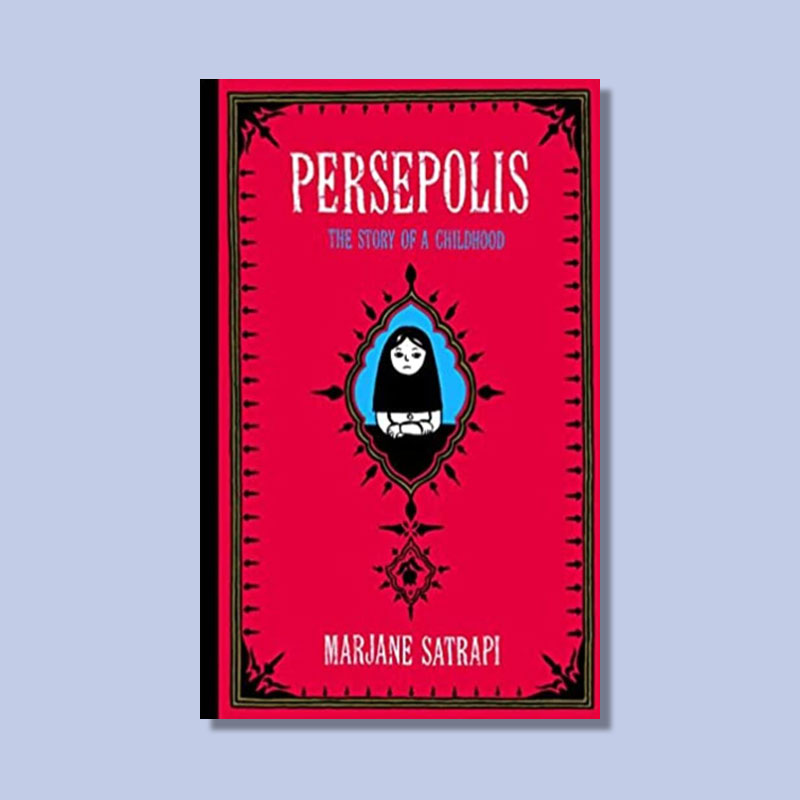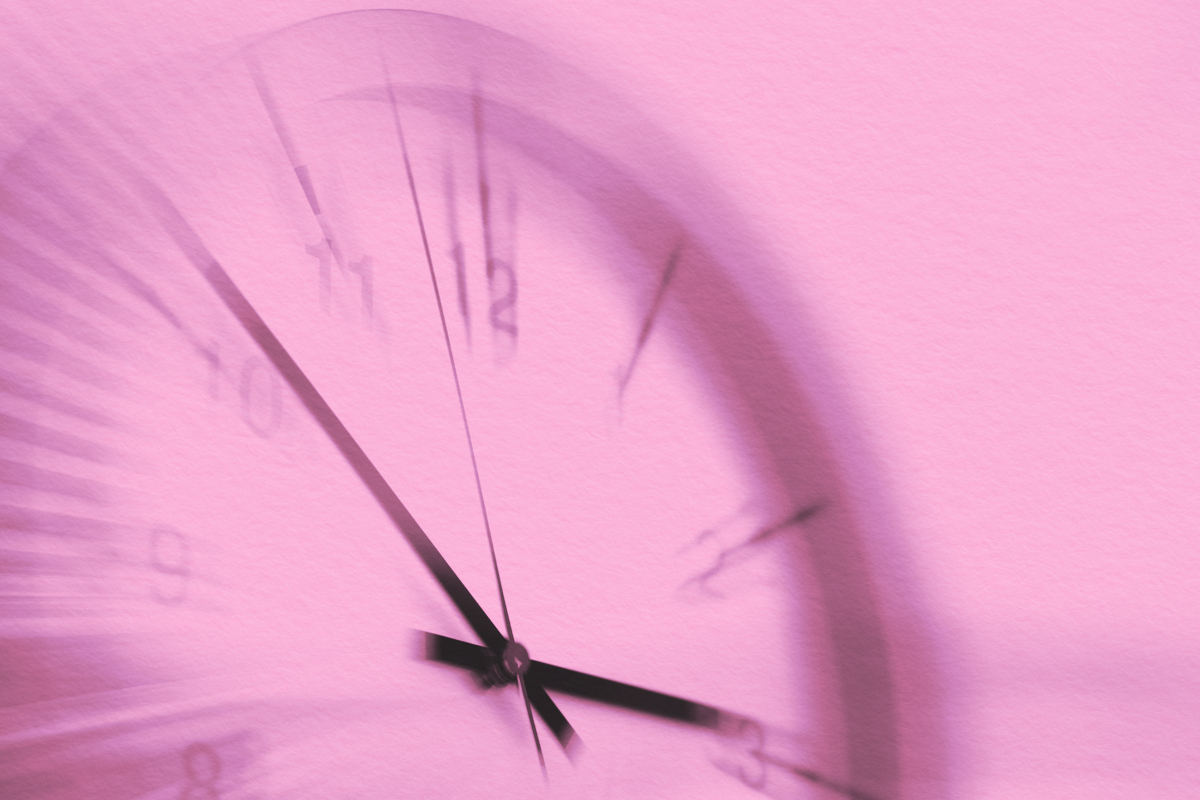Is there a story behind "having a nightcap"? | | At the end of a long day, a sip of your favorite libation may help you nod off to sleep. There are many modern versions of "nightcaps," but the story of this word starts in the 14th century. | |  | Bennett Kleinman |
|
| |  | | T he first definition of "nightcap" is a literal one: A nightcap is a sleeping cap worn to bed. Long before central heating, bedchambers could be chilly at night and head coverings provided some protection. There's also a long tradition of wearing nightcaps to protect hairstyles from damage. The Oxford English Dictionary notes the nighttime headwear has been common since at least the late 14th century, when "nightcappes" were first referenced in print. In the 19th century, the term moved from the wardrobe to the bar cart as "nightcap" took on a new meaning as an alcoholic drink enjoyed in the evening, often before bed.
Soporific beverages were considered a final cap on a full night of activities, hence the term "nightcap." While brandy, scotch, or another dark liquor might be today's go-to nightcap, an 1818 publication called The Cook's Oracle prescribed ale: "A pint of table beer (or Ale, if you make it for a 'Night-Cap')." Whether the booze helped induce drowsiness was debatable, but people turned to these libations nonetheless.
However, the term's beverage usage seems to have been multipurpose in the 19th century. Oxford Night Caps, an 1827 collection of recipes, contains stories and instructions on how to make a variety of wine- and liquor-based punches, ales, and other boozy beverages. Many include advice to serve with dinner or for which holidays they are appropriate, so these nightcaps don't seem limited to bedtime.
Roughly a century later, "nightcap" developed a nonalcoholic connotation. In 1930, an Ovaltine advertising campaign claimed its milky mixture was "the world's best 'night-cap' to ensure sound, natural sleep." Sleepytime Tea hit the market in 1972 and remains a household name today, and social media trends for other nightcap concoctions abound. A recent trend called the "Sleepy Girl Mocktail" involves making a nightcap with tart cherry juice, magnesium glycinate powder (both ingredients purported to help induce sleep), and prebiotic soda such as Olipop.
With nightcap trends coming and going (both as headwear and beverages), it doesn't matter if you wear it on your head or drink it in a glass, or if it has alcohol or not — there's a liberal usage for the term "nightcap." |
| | Continue reading | |  |
|
| | Advertisers help keep Word Smarts free | |
Emoji Decoded | |  | | Copyright | | | Meaning: Shows the letter "C" surrounded by a circle, a symbol that denotes copyrighted material.
Evolution: The Copyright emoji ©️ — like the Registered ®️ and Trade Mark ™️ emojis — relates to legal protections for intellectual property. The emoji is also used to humorously claim ownership of something.
Usage: [Reply to a Tweet:] Hey, that was my joke! ©️😂 |
|
 | | Copyright | | | Meaning: Shows the letter "C" surrounded by a circle, a symbol that denotes copyrighted material.
Evolution: The Copyright emoji ©️ — like the Registered ®️ and Trade Mark ™️ emojis — relates to legal protections for intellectual property. The emoji is also used to humorously claim ownership of something.
Usage: [Reply to a Tweet:] Hey, that was my joke! ©️😂 |
|
| |
Have you read? | |  | | Persepolis | | By Marjane Satraphi | | In simple black-and-white comic drawings, Marjane Satrapi interweaves her childhood years in Iran with the country's long history and the effects of the Islamic Revolution on daily life. As a young girl in Tehran in the 1980s, Satrapi processed the upheaval around her through small acts of rebellion. Despite the toil of war, she goes to school, grows up, and experiences the world around her in this deceptively simple, yet profound, graphic memoir. | | | | Julia Rittenberg, Freelance Writer | | | | We independently evaluate all recommended products and services. If you click on links we provide, we may receive compensation. |
|
 | | Persepolis | | By Marjane Satraphi | | In simple black-and-white comic drawings, Marjane Satrapi interweaves her childhood years in Iran with the country's long history and the effects of the Islamic Revolution on daily life. As a young girl in Tehran in the 1980s, Satrapi processed the upheaval around her through small acts of rebellion. Despite the toil of war, she goes to school, grows up, and experiences the world around her in this deceptively simple, yet profound, graphic memoir. | | | | Julia Rittenberg, Freelance Writer | | | | We independently evaluate all recommended products and services. If you click on links we provide, we may receive compensation. |
|
| |
You might also like | |  | | | | How Long Is a Jiffy? | | What is a jiffy? Explore the precise scientific definitions behind this common time-related idiom. |
| | | |
| | Advertisers help keep Word Smarts free | |
|

No comments:
Post a Comment